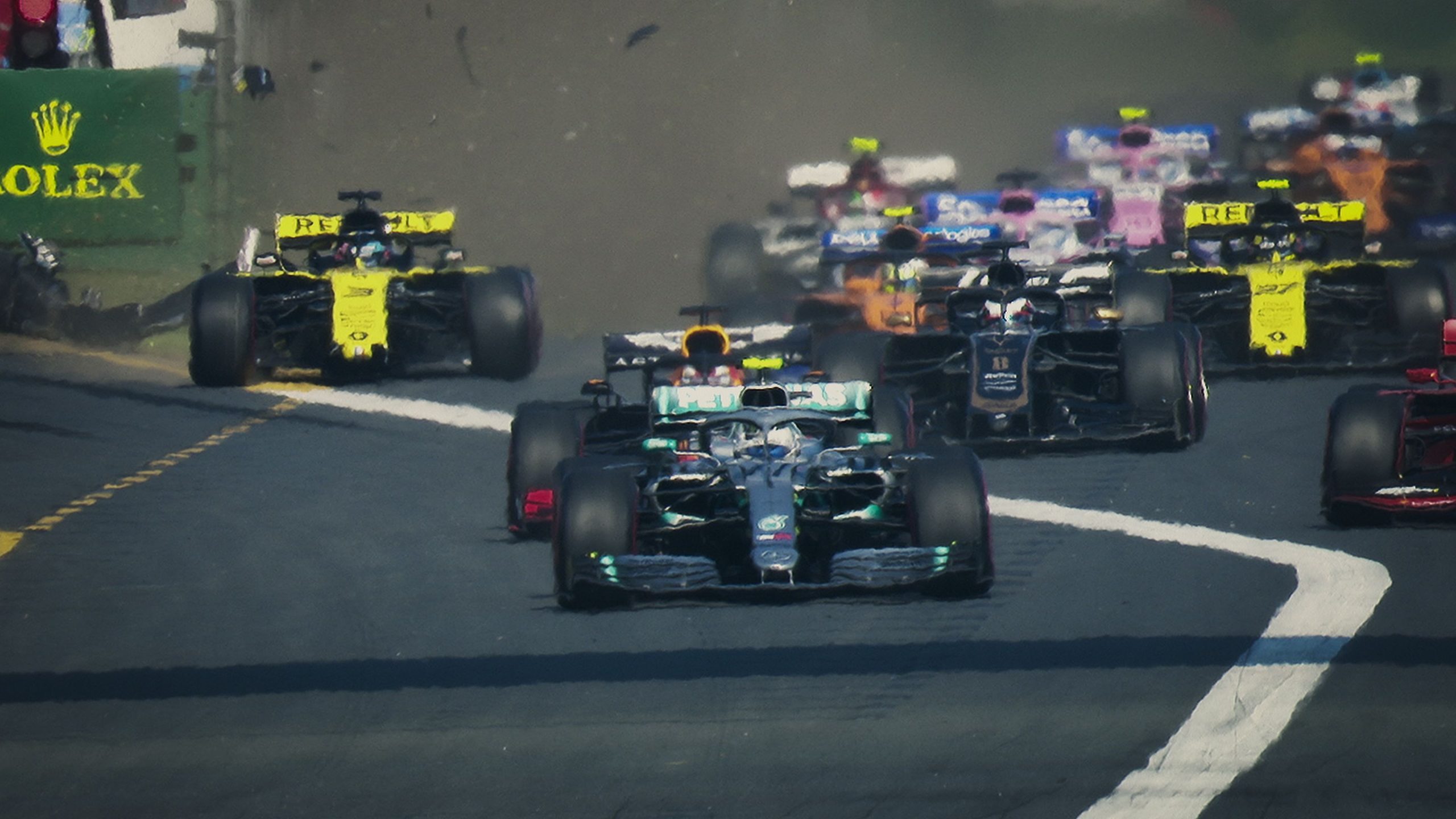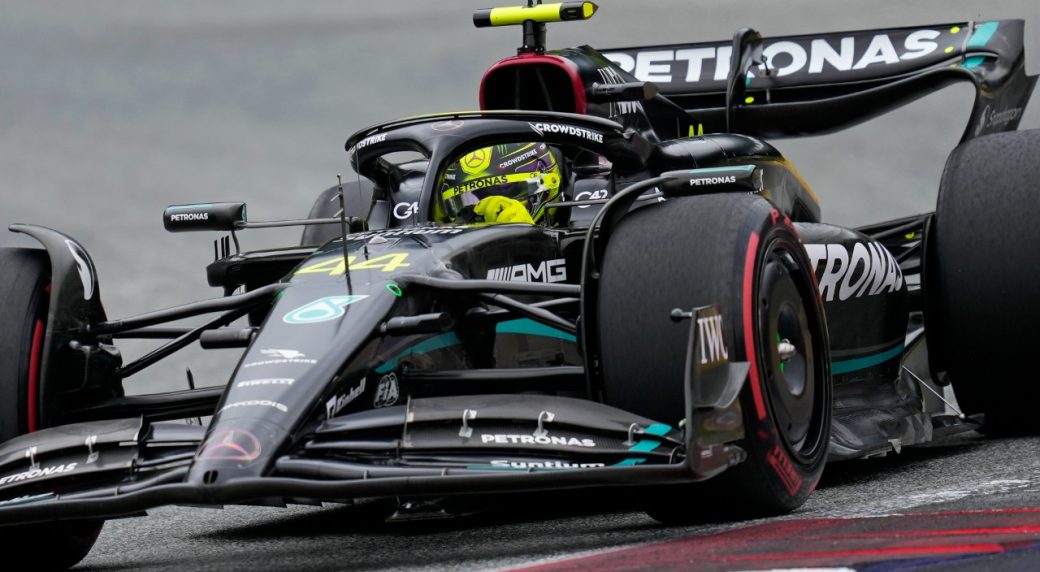Netflix’s sixth season of “Drive To Survive” has returned, presenting its typical blend of positives and negatives. Formula 1 enthusiasts may find themselves cringing at aspects like the racing scenes, radio commentary, pundit interjections, and staged moments, which have become customary.
However, the series offers a wealth of authentic behind-the-scenes footage, providing dedicated fans with engaging content across its 10 episodes.
The season kicks off with a visually stunning and captivating scene featuring Lando Norris navigating Monaco in his Fiat 500 Giardiniera pickup truck. This feel-good moment sets the stage for what follows, despite the Formula 1 season being largely dominated by Max Verstappen’s Red Bull, winning 19 out of 23 races.
However, the season of “Drive To Survive” primarily focuses on the midfield battles and the quest to avoid finishing last. While some may lament the lack of coverage of Red Bull’s dominance, the series understandably opts to explore other narratives, considering the monotony of Max Verstappen’s victories during the actual races.
One notable feature is the extensive coverage of the Alpine team across nearly two episodes, delving into the stories of Pierre Gasly, and Esteban Ocon, and the challenges faced by team principal Otmar Szafnauer, who was dismissed midway through the season.
The series delves into the drivers’ motivations, personal backgrounds, and the dynamics of team rivalries, offering viewers both insight and potential points of debate about the show’s focus and narrative choices.
Missed Out Bits From Drive To Survive Season 6
When Netflix delves deeply into specific aspects of the season, it inevitably means that other storylines are left unexplored. While this isn’t the case for every situation, some omitted controversies could potentially cast Formula 1 in a negative light.
One significant incident overlooked was the heat disaster during the Qatar Grand Prix last year. Reports surfaced of Lance Stroll passing out mid-corner from exhaustion, Esteban Ocon vomiting in his helmet, and drivers requiring medical attention after exiting their cars. Despite the post-race scene being far from pleasant, Netflix made no mention of it.

Similarly, during the Qatar Grand Prix, despite the first episode focusing on Aston Martin’s standout performance in 2023, there was no coverage of Lance Stroll’s frustration leading to him shoving his trainer after a series of poor performances.
Instead, the series extensively covered Lawrence Stroll, the owner of Aston Martin, drawing comparisons to “Succession’s” Logan Roy on social media.
Watching the show was accompanied by its awkward moments for those who followed the offseason’s biggest news in the paddock. Netflix heavily emphasized the controversy surrounding Lewis Hamilton’s potential departure from Mercedes.
While the segment ends with a jubilant Toto Wolff and Lewis confirming his two-year contract extension with Mercedes, Hamilton’s subsequent announcement of his move to Ferrari for 2025 renders some of the dialogue in the show about his contract seem more comedic than dramatic.
Similarly, an uncomfortable moment occurred with Christian Horner during a scene with his wife, kids, and Santa Claus. While Horner has reportedly been cleared by Red Bull of any wrongdoing, the context surrounding the exchange may leave viewers stunned.
Guenther Steiner and Haas
Finally, it’s worth noting that the season-long narrative surrounding Guenther Steiner’s future with Haas feels somewhat hollow in hindsight, considering that Haas ultimately sacked him after the season concluded.
Steiner, a beloved figure on the show, will be missed, but perhaps viewers will be spared from any further phone conversations between him and Gene Haas, filled with constant cursing over their misfortune.
Most of the pundits narrating this latest season are newcomers, except Will Buxton, who continues to provide his trademark obvious commentary. Danica Patrick makes a surprise appearance, seemingly targeting the show’s large American audience.
While Patrick’s racing experience and success in IndyCar and NASCAR hinted at promising commentary, it ultimately left a similar impression to Buxton’s.
Conversely, Claire Williams, the former team principal of Williams, proved to be a standout addition, bringing genuine substance to the discussions due to her extensive experience running a Formula 1 team. Her contributions were notable and hopefully, warrant increased screen time in future seasons.
The main criticisms of the season remain consistent, with no apparent efforts to address issues such as disjointed radio transmissions, nonsensical editing between races, or misleading presentation of events.
Notably, Liam Lawson’s introduction to the Alpha Tauri team was particularly mishandled, leaving viewers with the impression that his first race was a ninth-place finish in Singapore, rather than his actual 13th place at Zandvoort.
These elements may pose challenges for hardcore fans of the sport, but they are often endured or laughed off to appreciate the enjoyable banter and insider conversations between drivers offered by Netflix’s series.
Also read: Senna: All You Need to Know About the Upcoming Netflix Series on the F1 Legend

